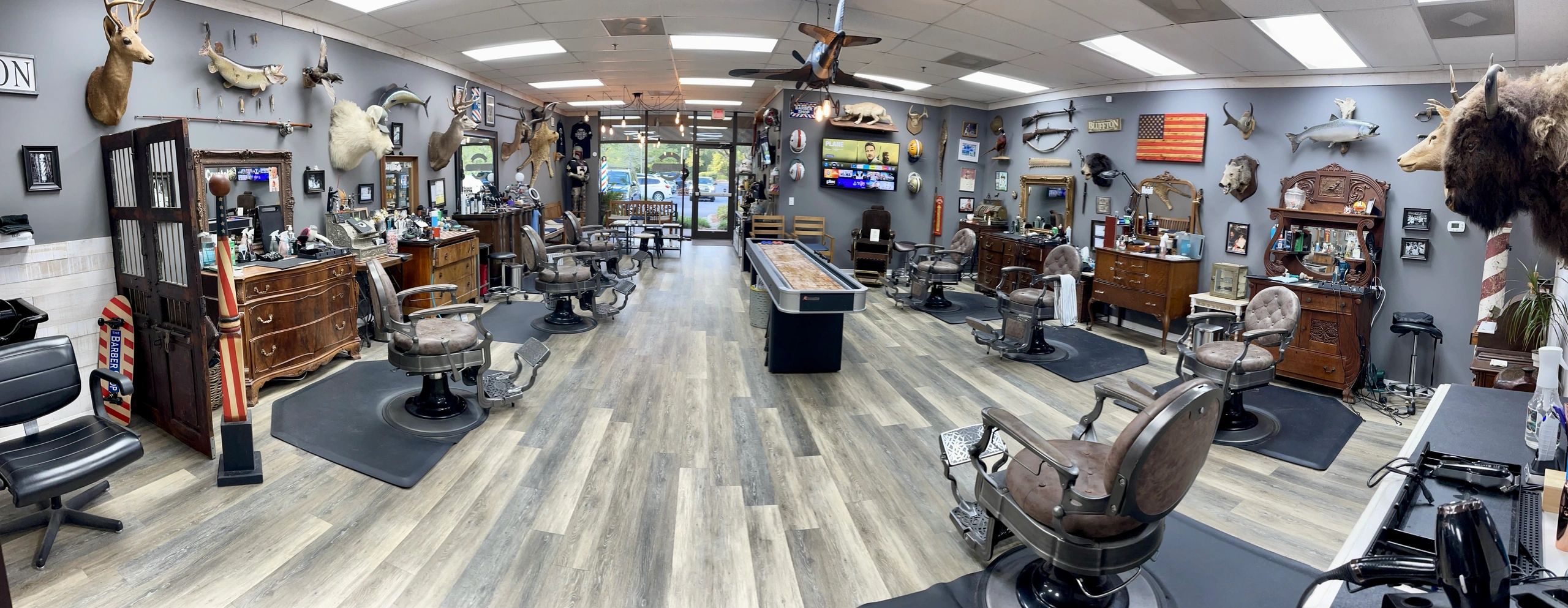This barbering sector holds a crucial position in individual care and self-maintenance. However, it is essential to prioritize the health and security of both customers and stylists in this setting. Robust sanitation and protection standards are paramount for maintaining cleanliness protocols, avoiding incidents, and ensuring a favorable interaction for everyone involved. By adhering to these guidelines, professionals can establish a safe environment that fosters confidence and ease among clients.

A single critical component of well-being and hygiene in barbering is sanitation. Barbers must comply with rigorous cleaning practices, including frequent disinfecting of tools and workstations. This includes sanitizing shears, clippers, and combs after every use to eliminate the possibility of transmitting bacteria or infections. Moreover, barbers should use clean capes and towels for each individual to maintain a hygienic environment. Implementing these practices not only safeguards customers but also boosts the credibility of the barbering business.
Another important regulation focuses on the safe management of substances used in hair treatments. Products such as hair dyes, chemical straighteners, and other styling agents can present risks if not read this post here managed correctly. Barbers must adhere to protective protocols for the containment and use of these products to prevent dermal reactions or sensitivities among customers. Using gloves and providing adequate ventilation during treatments are essential measures that professionals should implement to protect client safety while offering high-standard care.
Injury avoidance is also a key element of health and safety regulations in barbering. Barbershops should be designed with safety in mind, minimizing hazards such as slippery floors or disorganized areas. Team members should be educated in response protocols, including how to handle cuts or burns that may occur during service. Providing first aid kits and ensuring that all staff members know their locations is an excellent way to prepare for unexpected incidents. By prioritizing safety measures, barbers can create an environment where clients feel secure and cared for.
Finally, effective communication is essential to ensuring client wellbeing in the barbering industry. Barbers should engage with clients about their needs and any potential risks associated with the services offered. This includes discussing allergies to products or prior negative experiences reported by individuals. By encouraging honest dialogue, professionals can develop trust with their click over here now customers while ensuring that they receive personalized care tailored to their individual requirements. In the end, upholding wellness and protection standards will result in enhanced customer experience and a successful haircare business.